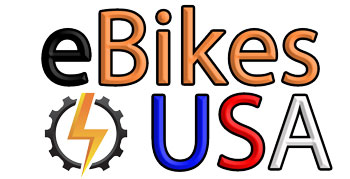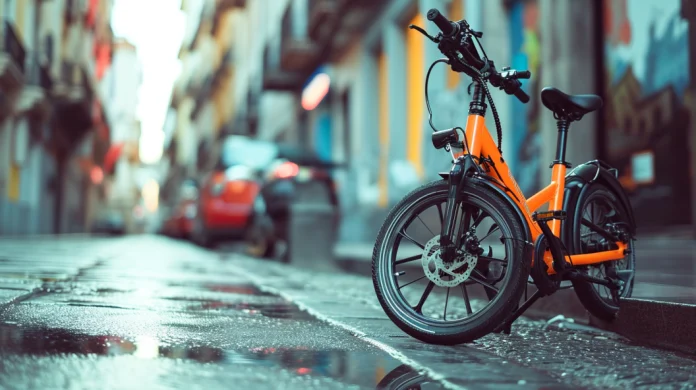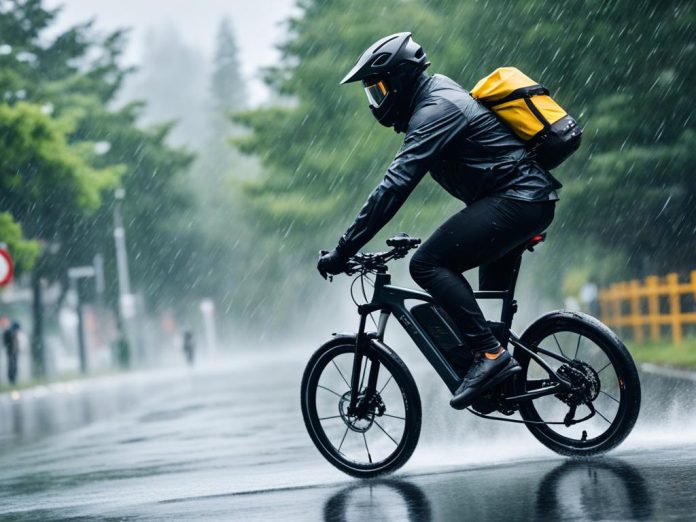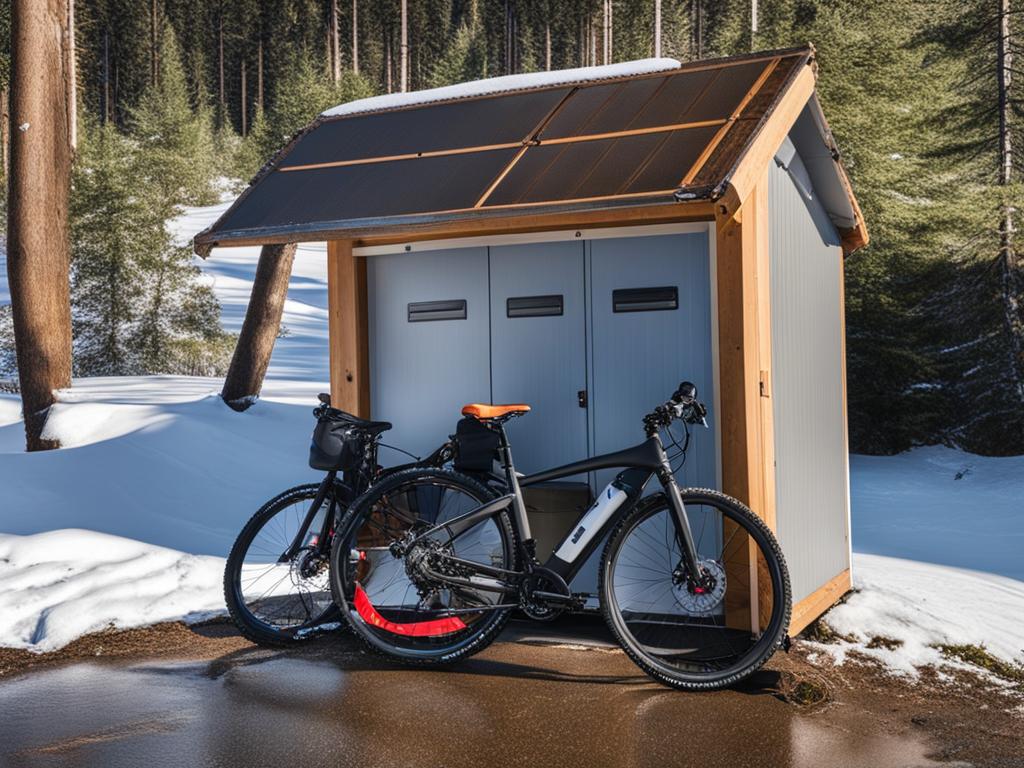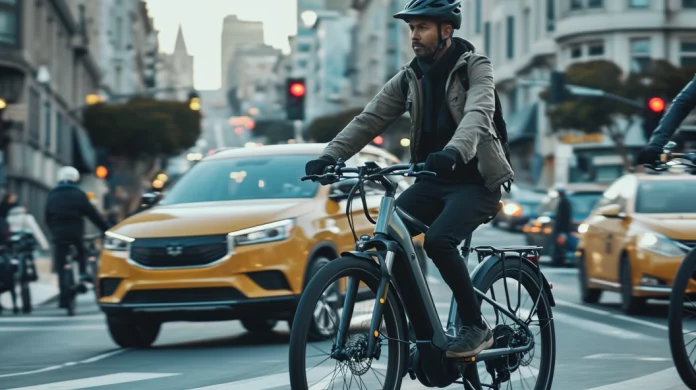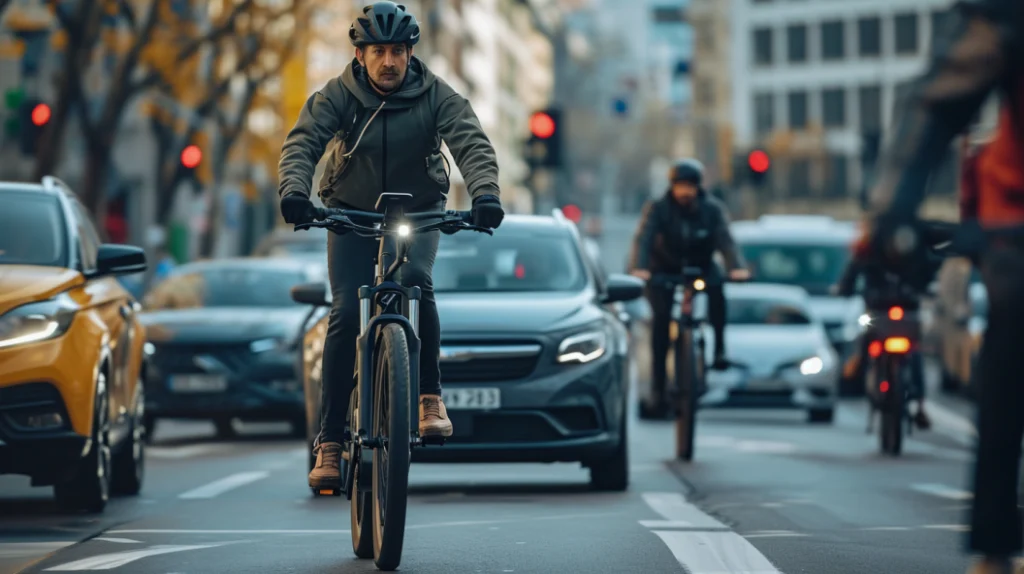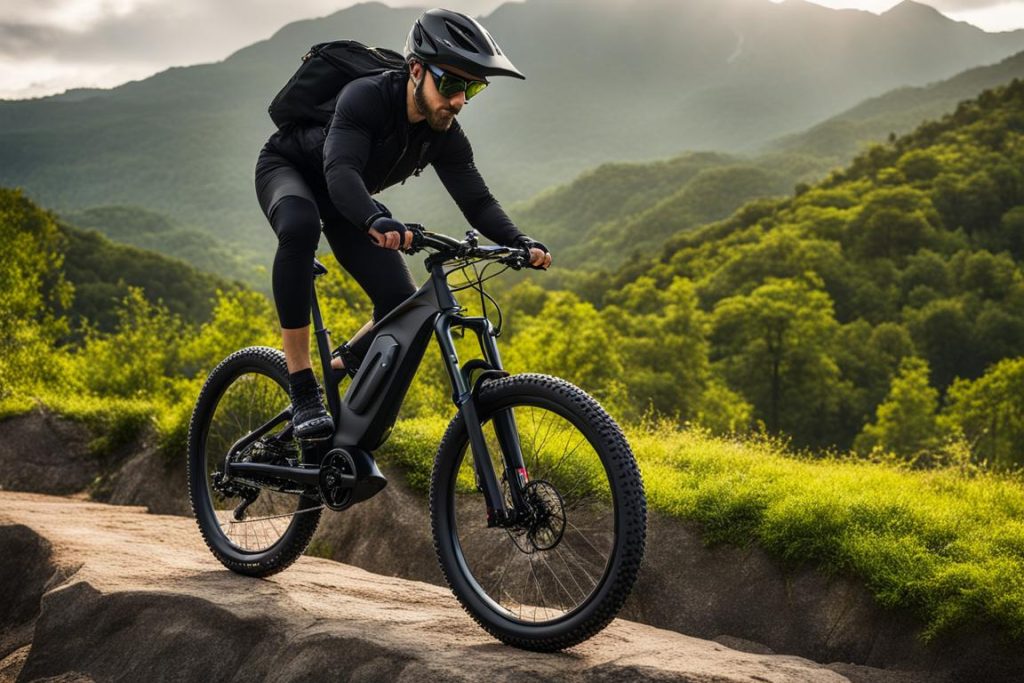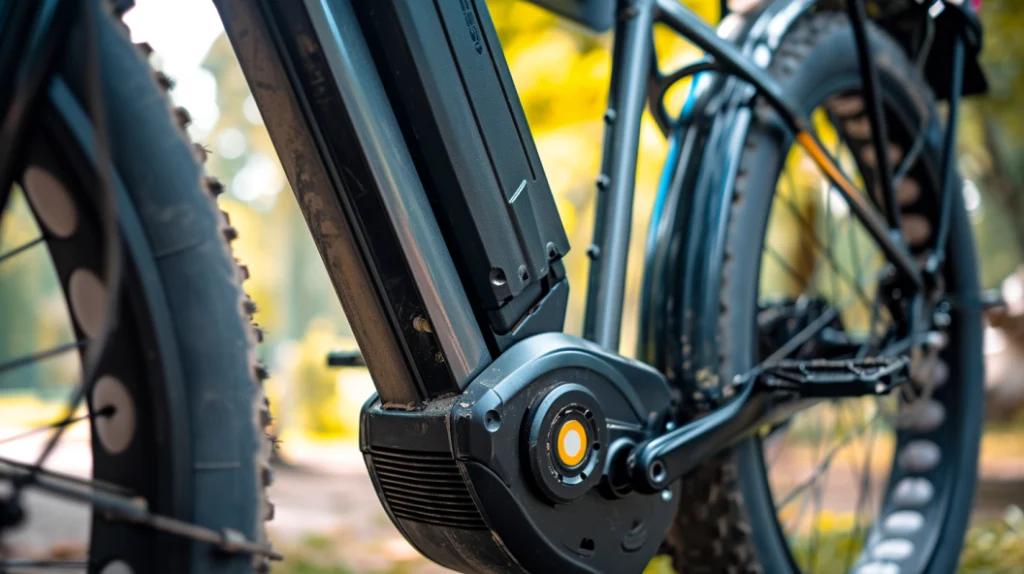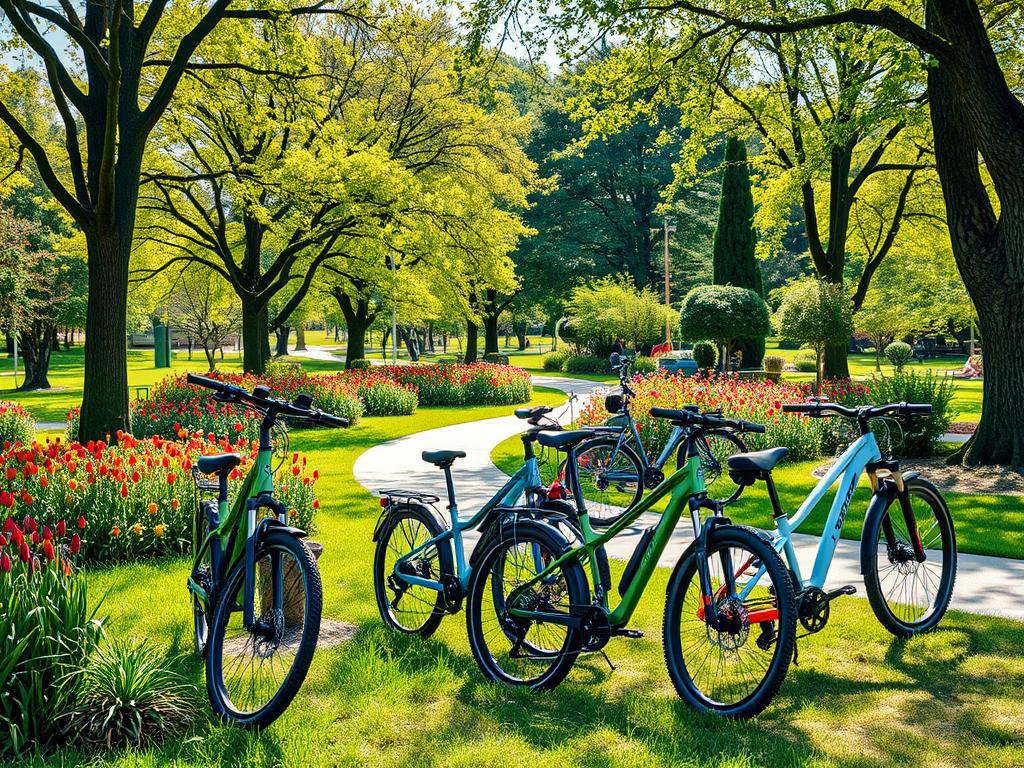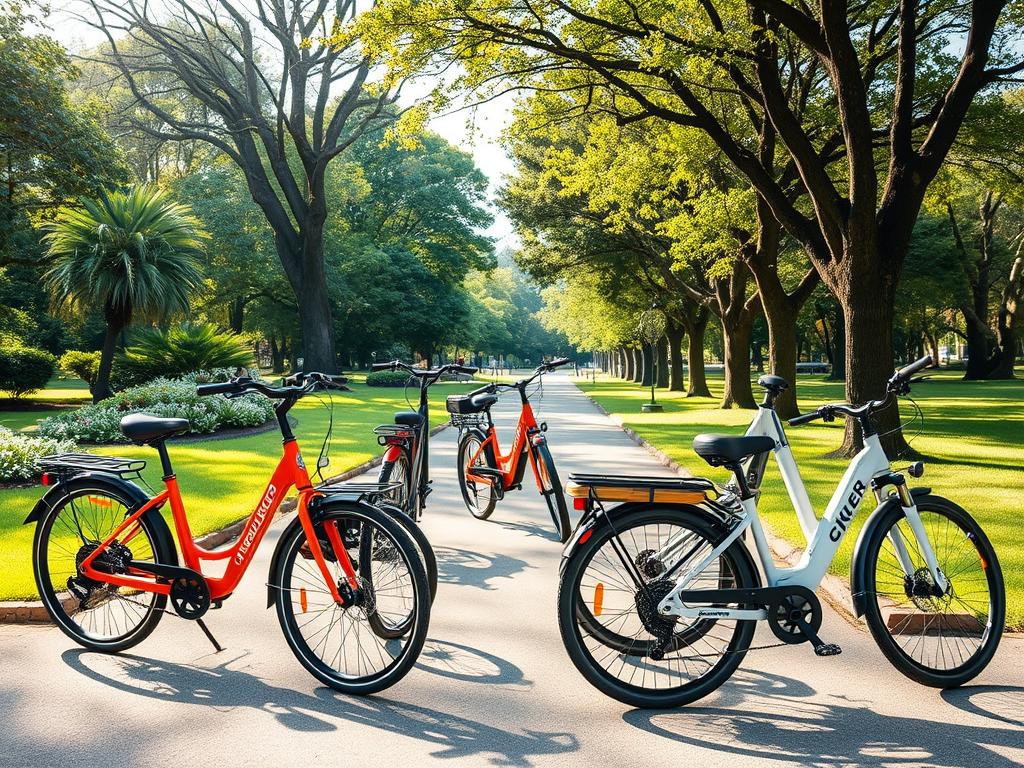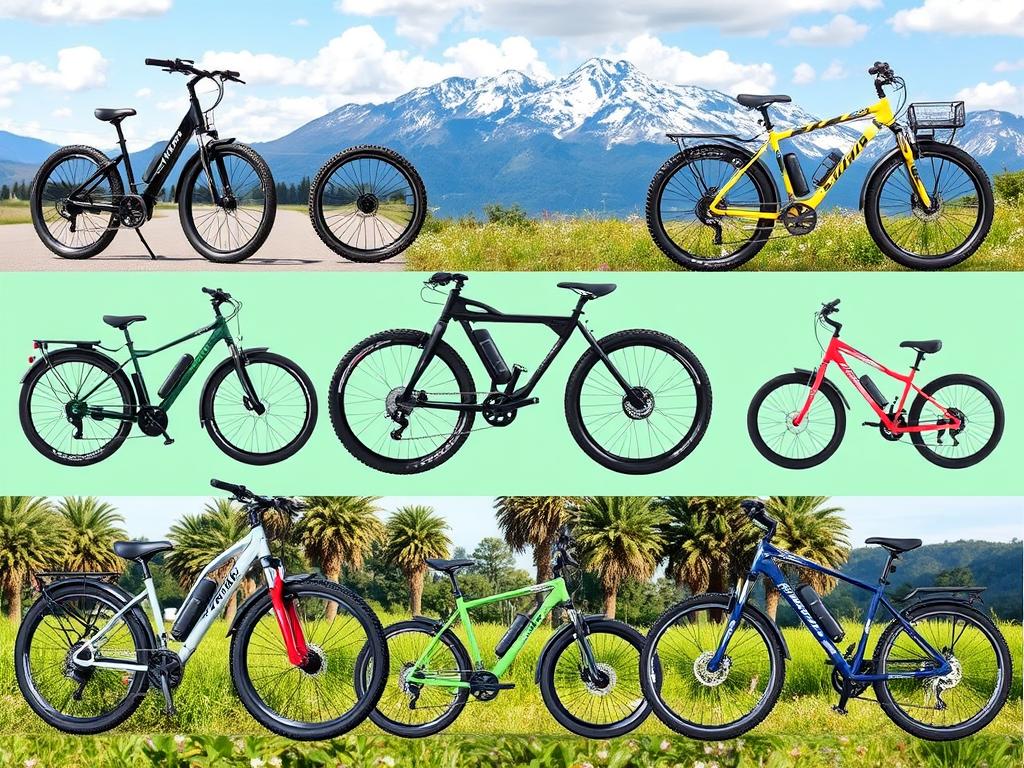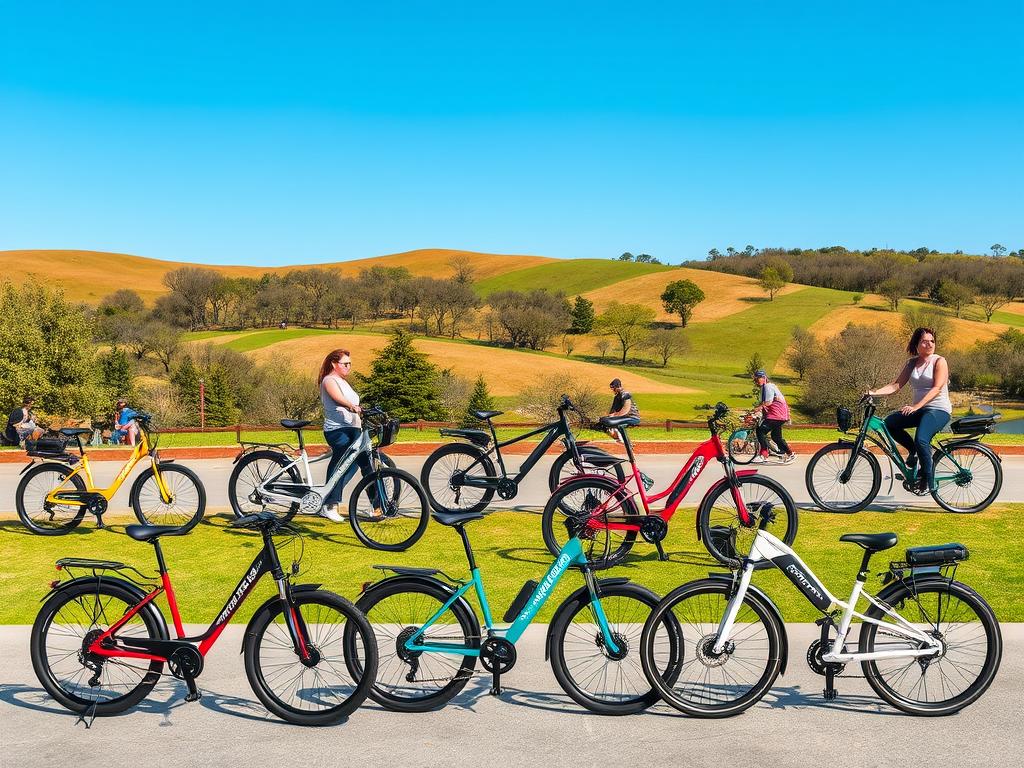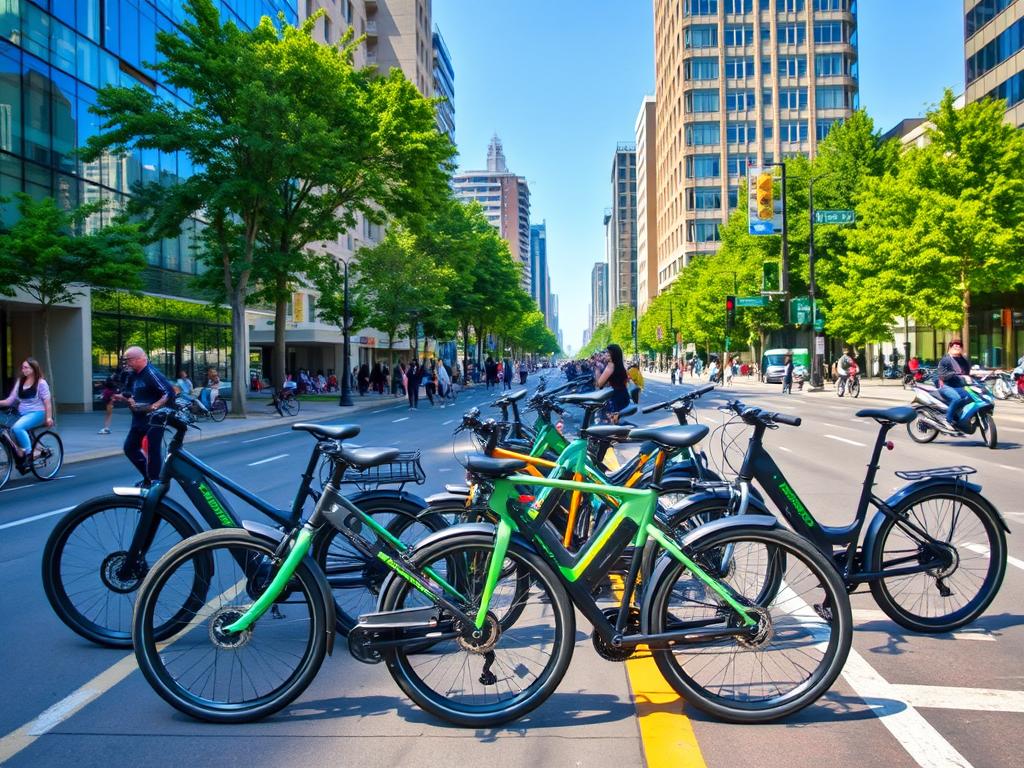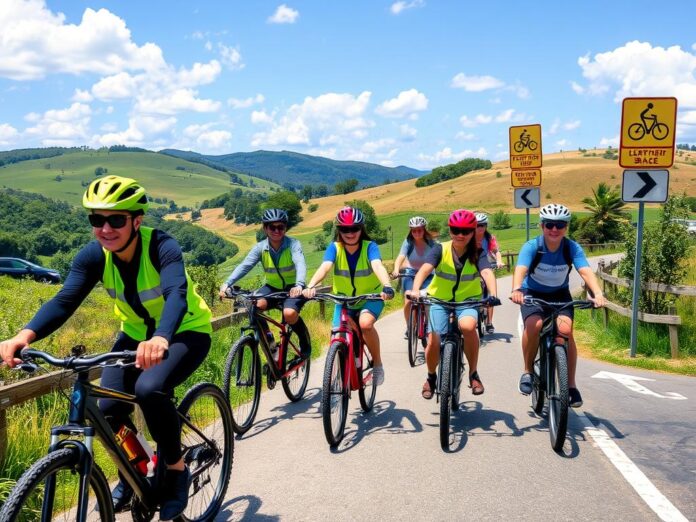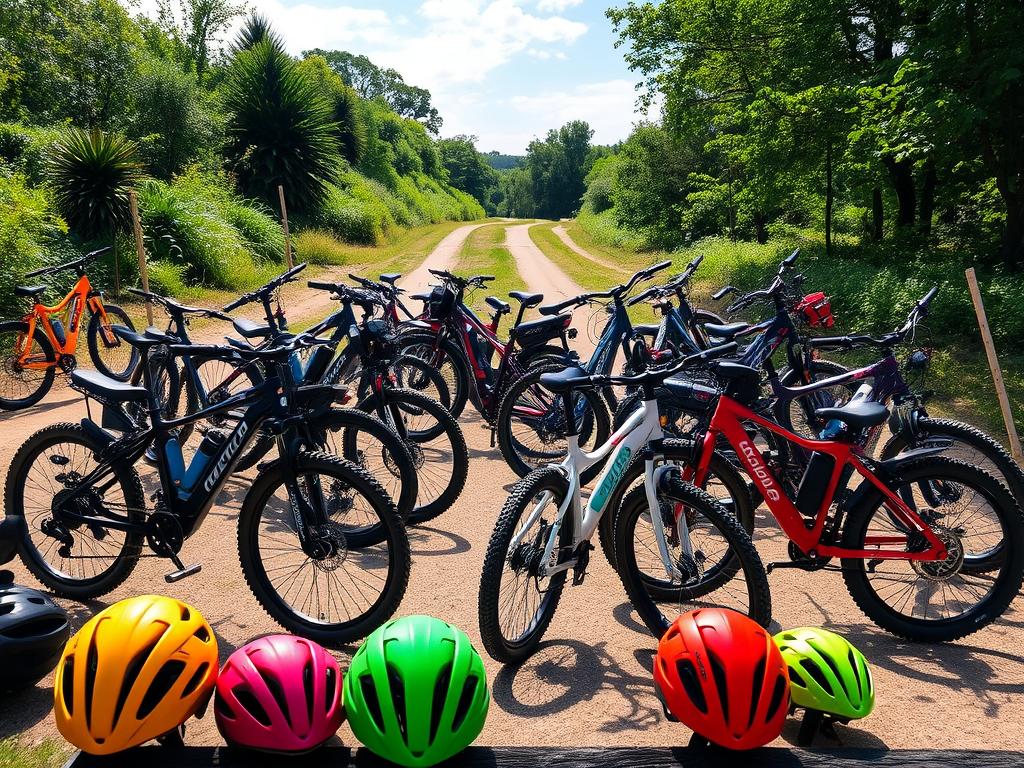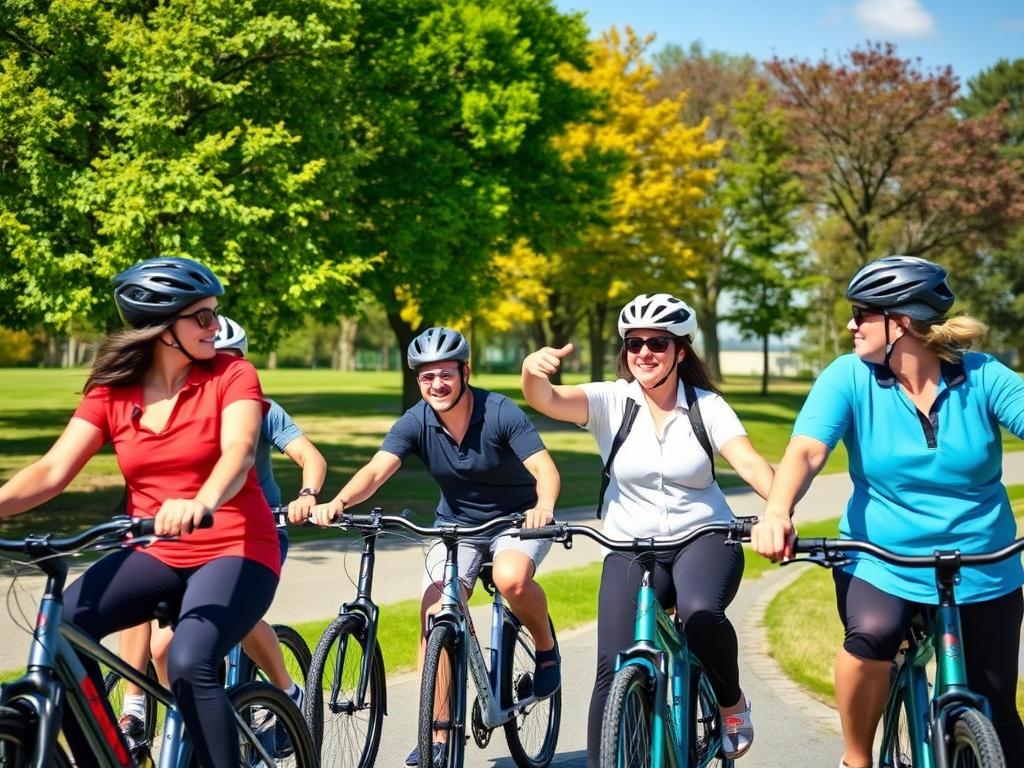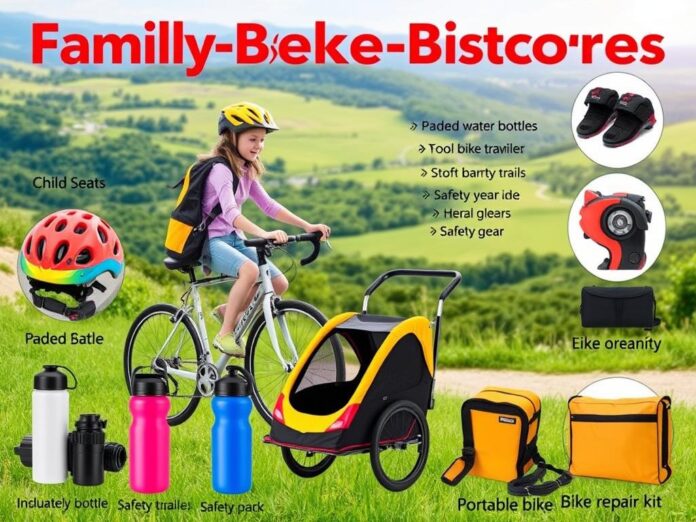Table of Contents
- Introduction
- A Beginner’s Guide to Riding Basic Electric Folding Bikes
- Tips for Maintaining and Caring for Basic Electric Folding Bikes
- Exploring the Top Features of Basic Electric Folding Bikes
- How to Choose the Right Basic Electric Folding Bike for Your Needs
- The Benefits of Basic Electric Folding Bikes
- Conclusion
Introduction
Basic electric folding bikes are compact and versatile bicycles that are equipped with an electric motor to assist riders in pedaling. These bikes are designed to be easily folded and unfolded, making them convenient for storage and transportation. With their lightweight frames and adjustable features, basic electric folding bikes offer a practical and efficient mode of transportation for urban commuters and recreational riders alike. Whether you need to navigate through crowded city streets or enjoy a leisurely ride in the countryside, these bikes provide an eco-friendly and efficient way to get around.
A Beginner’s Guide to Riding Basic Electric Folding Bikes
Electric folding bikes are becoming increasingly popular among commuters and outdoor enthusiasts. These compact and versatile bikes offer a convenient and eco-friendly mode of transportation, making them a great option for those looking to reduce their carbon footprint and enjoy the benefits of cycling. In this beginner’s guide, we will explore the features and benefits of basic electric folding bikes, helping you make an informed decision if you are considering purchasing one.
One of the key advantages of electric folding bikes is their compact size. These bikes are designed to be easily folded and stored, making them ideal for those living in small apartments or with limited storage space. With a few simple steps, you can fold the bike into a compact size that can easily fit in the trunk of a car or under a desk at work. This portability allows you to take your bike with you wherever you go, eliminating the need for parking or worrying about theft.
In terms of functionality, electric folding bikes are equipped with a battery-powered motor that assists while pedaling. This motor can be activated with a simple switch, allowing you to choose between riding with or without assistance. This feature is particularly useful when tackling steep hills or long distances, as it helps to reduce fatigue and makes the ride more enjoyable. The level of assistance can usually be adjusted to suit your preferences, giving you control over the amount of effort you want to exert.
Another important aspect to consider when choosing a basic electric folding bike is the battery life. The range of an electric folding bike refers to the distance it can travel on a single charge. This can vary depending on factors such as the terrain, rider weight, and speed. It is important to choose a bike with a battery that offers a range suitable for your needs. Most basic electric folding bikes have a range of around 20-40 miles, which is more than enough for daily commuting or short recreational rides.
When it comes to maintenance, electric folding bikes are relatively low-maintenance compared to traditional bicycles. The electric components, such as the motor and battery, require minimal upkeep and can be easily replaced if necessary. However, it is still important to regularly check the tire pressure, brakes, and gears to ensure a safe and smooth ride. Additionally, it is recommended to store the bike in a dry and secure place to prevent any damage or corrosion.
In terms of cost, basic electric folding bikes are generally more affordable compared to high-end models. While they may not have all the advanced features and specifications, they still offer a reliable and efficient mode of transportation. Prices can vary depending on the brand and specific features, but you can expect to find a good quality basic electric folding bike for around $500 to $1000.
In conclusion, basic electric folding bikes are a convenient and eco-friendly option for those looking for a compact and versatile mode of transportation. With their compact size, battery-powered motor, and easy folding mechanism, these bikes offer a practical solution for commuting and recreational riding. While they may not have all the bells and whistles of high-end models, they still provide a reliable and enjoyable riding experience. So, if you are considering purchasing an electric folding bike, take the time to research and compare different models to find the one that best suits your needs and budget. Happy riding!
Tips for Maintaining and Caring for Basic Electric Folding Bikes
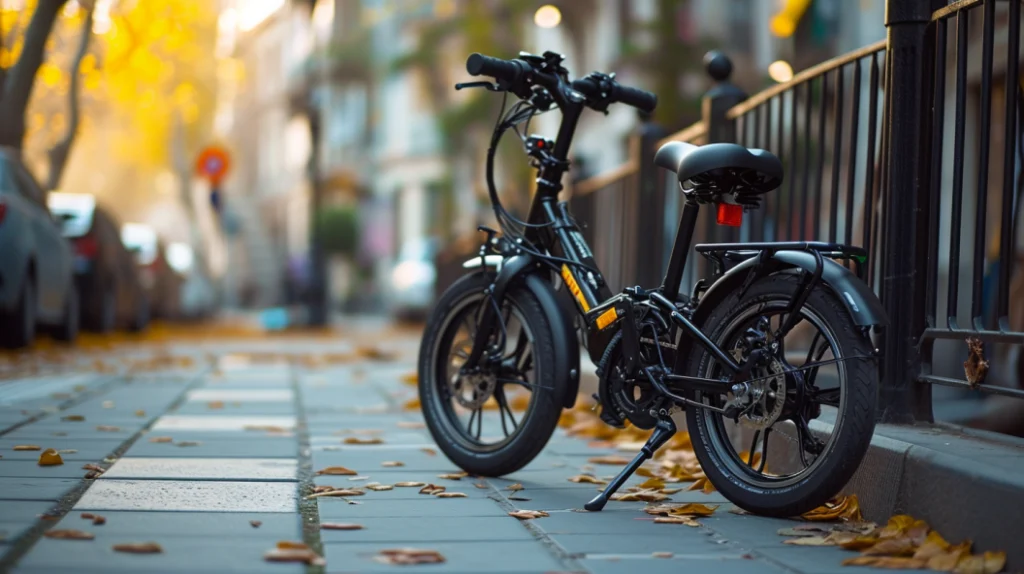
Electric folding bikes are becoming increasingly popular among commuters and outdoor enthusiasts. These compact and versatile bikes offer the convenience of easy storage and transportation, making them a great option for those who are always on the go. However, like any other piece of equipment, electric folding bikes require regular maintenance and care to ensure optimal performance and longevity. In this article, we will provide you with some essential tips for maintaining and caring for your basic electric folding bike.
First and foremost, it is crucial to keep your electric folding bike clean. Regularly wipe down the frame, handlebars, and other components with a damp cloth to remove dirt, dust, and grime. Avoid using harsh chemicals or abrasive materials that could damage the bike’s finish. Additionally, make sure to dry the bike thoroughly after cleaning to prevent rust and corrosion.
Next, pay attention to the tires and ensure they are properly inflated. Underinflated tires can affect the bike’s performance and make it more difficult to ride. Use a tire pressure gauge to check the pressure regularly and inflate them to the recommended level. It is also essential to inspect the tires for any signs of wear or damage and replace them if necessary.
Another crucial aspect of maintaining an electric folding bike is keeping the drivetrain clean and lubricated. The drivetrain includes the chain, gears, and derailleurs. Over time, dirt and grime can accumulate on these components, causing them to wear out faster and affecting the bike’s performance. Use a degreaser and a brush to remove any built-up dirt from the chain and gears, then apply a suitable lubricant to ensure smooth and efficient operation.
In addition to cleaning and lubricating the drivetrain, it is essential to regularly check the brakes. Electric folding bikes typically come with either rim brakes or disc brakes. Regardless of the type, make sure the brake pads are in good condition and properly aligned with the braking surface. If the brake pads are worn out or damaged, replace them immediately to ensure reliable stopping power.
Furthermore, periodically inspect the electrical components of your electric folding bike. Check the battery connections to ensure they are secure and free from corrosion. If you notice any loose or damaged wires, have them repaired or replaced by a professional. It is also a good idea to keep the battery charged regularly, even if you are not using the bike frequently. This will help maintain its overall health and prolong its lifespan.
Lastly, store your electric folding bike in a dry and secure location when not in use. Exposure to moisture and extreme temperatures can damage the bike’s components and reduce its lifespan. If possible, invest in a bike cover or storage bag to protect it from dust and debris.
In conclusion, maintaining and caring for your basic electric folding bike is essential to ensure its optimal performance and longevity. Regular cleaning, tire maintenance, drivetrain lubrication, brake inspection, and electrical component checks are all crucial aspects of bike maintenance. By following these tips, you can enjoy many years of trouble-free riding with your electric folding bike. Remember, a well-maintained bike is a safe and reliable bike.

Exploring the Top Features of Basic Electric Folding Bikes
Electric folding bikes have become increasingly popular in recent years, offering a convenient and eco-friendly mode of transportation for urban dwellers and commuters. These bikes combine the benefits of electric power with the convenience of a folding design, making them a versatile option for those looking to navigate busy city streets or easily store their bike in small spaces.
One of the top features of basic electric folding bikes is their compact and lightweight design. These bikes are specifically designed to be folded up and easily carried or stored when not in use. This makes them ideal for those living in apartments or small homes with limited storage space. Additionally, their lightweight construction makes them easy to maneuver and carry, even when folded.
Another key feature of basic electric folding bikes is their electric power assistance. These bikes are equipped with a small electric motor that provides an extra boost when pedaling. This can be especially helpful when navigating hilly terrain or when you need a little extra help on longer rides. The electric power assistance can be adjusted to different levels, allowing riders to choose the amount of assistance they need based on their fitness level or the terrain they are riding on.
Basic electric folding bikes also come with a range of battery options. The battery is what powers the electric motor and determines how far you can ride on a single charge. Most basic models offer a range of around 20-40 miles per charge, although this can vary depending on factors such as the rider’s weight, the terrain, and the level of assistance used. It’s important to consider the battery range when choosing an electric folding bike, especially if you plan on using it for longer commutes or rides.
In addition to their compact design and electric power assistance, basic electric folding bikes also come with a range of other features that enhance their functionality and convenience. Many models include built-in lights, allowing riders to be visible and safe when riding at night. Some bikes also come with a built-in rear rack or basket, providing a convenient way to carry groceries or other items while riding.
When it comes to maintenance, basic electric folding bikes are relatively easy to care for. The electric motor and battery require minimal maintenance, and most models come with a warranty that covers any potential issues. It’s important to regularly check the tire pressure, brakes, and gears, just like with any other bike, to ensure a smooth and safe ride.
In conclusion, basic electric folding bikes offer a range of top features that make them a popular choice for urban commuters and those looking for a convenient and eco-friendly mode of transportation. Their compact and lightweight design, electric power assistance, and range of other features make them versatile and practical for navigating city streets and storing in small spaces. With proper maintenance, these bikes can provide years of reliable and enjoyable riding. Whether you’re a seasoned cyclist or new to biking, a basic electric folding bike is worth considering for your next ride.
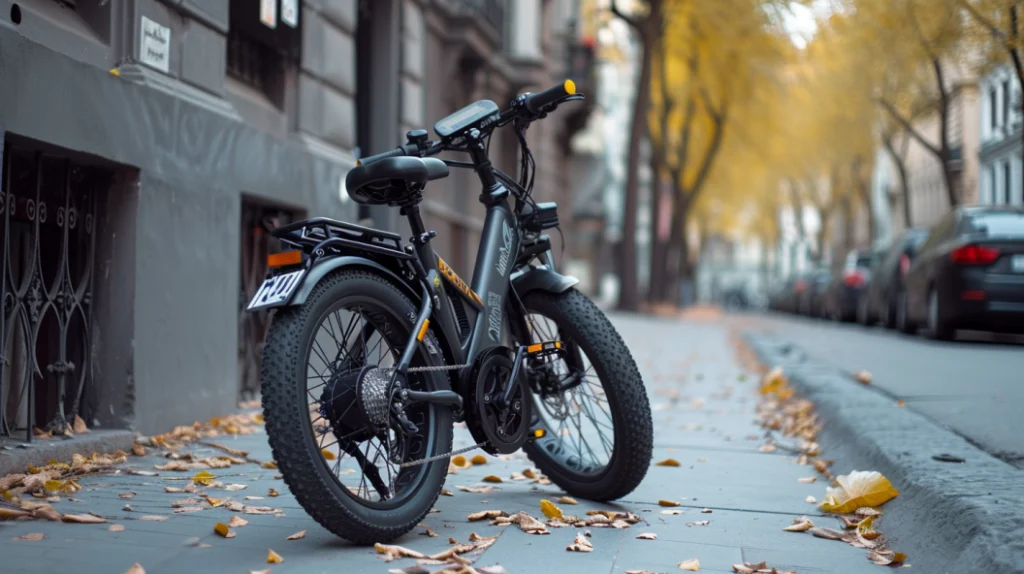
How to Choose the Right Basic Electric Folding Bike for Your Needs
Electric folding bikes have become increasingly popular in recent years, offering a convenient and eco-friendly mode of transportation for urban dwellers and commuters. With so many options available on the market, it can be overwhelming to choose the right basic electric folding bike for your needs. In this article, we will guide you through the process of selecting the perfect electric folding bike that suits your lifestyle and preferences.
First and foremost, it is important to consider the range of the electric folding bike. The range refers to the distance the bike can travel on a single charge. If you plan to use your electric folding bike for short commutes or leisurely rides, a bike with a lower range may be sufficient. However, if you intend to use your bike for longer trips or daily commuting, it is advisable to opt for a model with a higher range to avoid running out of battery power mid-journey.
Another crucial factor to consider is the weight and size of the electric folding bike. The whole point of investing in a folding bike is its portability and ease of storage. Therefore, it is essential to choose a bike that is lightweight and compact when folded. This will allow you to easily carry and store the bike, whether it’s in your apartment, office, or public transportation.
Furthermore, the motor power of the electric folding bike should be taken into account. The motor power determines the speed and performance of the bike. If you live in a hilly area or require a bike with more power, it is recommended to choose a model with a higher motor power. On the other hand, if you primarily plan to use your bike on flat terrains, a lower motor power may suffice.
Additionally, the battery capacity of the electric folding bike is an important consideration. A larger battery capacity will provide a longer range and allow you to travel further without needing to recharge. However, it is worth noting that a larger battery may also increase the weight of the bike. Therefore, it is crucial to strike a balance between battery capacity and overall weight, depending on your specific needs and preferences.
When choosing an electric folding bike, it is also important to consider the build quality and durability of the bike. Investing in a well-built and sturdy bike will ensure that it lasts longer and can withstand the rigors of daily use. Look for bikes made from high-quality materials such as aluminum or carbon fiber, as they tend to be more durable and lightweight.
Lastly, it is advisable to read reviews and seek recommendations from other electric folding bike owners. This will provide you with valuable insights and firsthand experiences that can help you make an informed decision. Additionally, test-riding different models can give you a better understanding of the bike’s performance and comfort.
In conclusion, choosing the right basic electric folding bike requires careful consideration of factors such as range, weight, motor power, battery capacity, build quality, and user reviews. By taking these factors into account, you can find the perfect electric folding bike that meets your needs and enhances your commuting or recreational experience. So, take your time, do your research, and enjoy the convenience and freedom that an electric folding bike can offer.
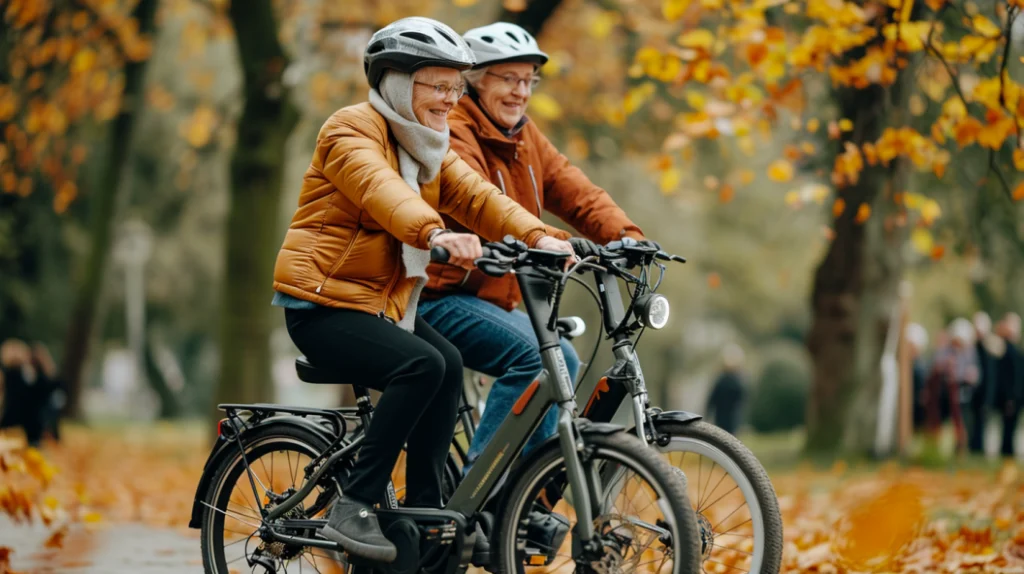
The Benefits of Basic Electric Folding Bikes
Electric folding bikes have gained popularity in recent years due to their convenience and versatility. These bikes combine the benefits of electric power with the compactness of a folding design, making them an excellent choice for urban commuters and travelers. In this article, we will explore the various advantages of basic electric folding bikes and why they are worth considering.
One of the key benefits of basic electric folding bikes is their portability. These bikes are designed to be easily folded and unfolded, allowing users to carry them on public transportation or store them in small spaces. This makes them ideal for city dwellers who may need to navigate crowded streets or take their bikes on buses or trains. With a basic electric folding bike, you can effortlessly switch between riding and carrying modes, making your commute more convenient and hassle-free.
Another advantage of basic electric folding bikes is their versatility. These bikes are equipped with electric motors that provide assistance while pedaling, making it easier to tackle hills and long distances. This is especially beneficial for individuals who may not have the stamina or physical ability to ride a traditional bike for extended periods. With an electric folding bike, you can effortlessly cover more ground and reach your destination faster, all while exerting less effort.
Furthermore, basic electric folding bikes are environmentally friendly. By opting for an electric bike instead of a car or motorbike, you are reducing your carbon footprint and contributing to a cleaner and greener environment. Electric bikes produce zero emissions and consume less energy compared to traditional vehicles, making them a sustainable transportation option. With the increasing concern for climate change and air pollution, choosing a basic electric folding bike is a responsible choice that aligns with eco-conscious values.
In addition to their environmental benefits, basic electric folding bikes also offer financial advantages. Owning a car or motorcycle can be costly, with expenses such as fuel, maintenance, and parking fees adding up over time. On the other hand, electric bikes are much more affordable to operate and maintain. Charging an electric bike’s battery costs significantly less than refueling a vehicle, and routine maintenance is generally minimal. By choosing a basic electric folding bike, you can save money in the long run while still enjoying the convenience of personal transportation.
Lastly, basic electric folding bikes promote a healthier lifestyle. While the electric motor provides assistance, riders still need to pedal, which provides exercise and promotes cardiovascular health. Regular physical activity has numerous benefits, including improved mental well-being, increased energy levels, and reduced risk of chronic diseases. With a basic electric folding bike, you can incorporate exercise into your daily routine without the need for a gym membership or dedicated workout time.
In conclusion, basic electric folding bikes offer a range of benefits that make them an attractive option for urban commuters and travelers. Their portability, versatility, environmental friendliness, financial advantages, and promotion of a healthier lifestyle make them a practical and sustainable choice. Whether you are looking to simplify your daily commute or explore new destinations, a basic electric folding bike can enhance your mobility and improve your overall quality of life.
Final Thoughts on Electric Folding Bikes
In conclusion, basic electric folding bikes offer a convenient and efficient mode of transportation. They are compact, lightweight, and easy to fold, making them suitable for urban commuting and storage in small spaces. With their electric motor assistance, they provide an effortless and eco-friendly way to travel short distances. While they may lack some advanced features found in higher-end models, basic electric folding bikes are a practical and affordable option for individuals seeking a versatile and portable transportation solution.
